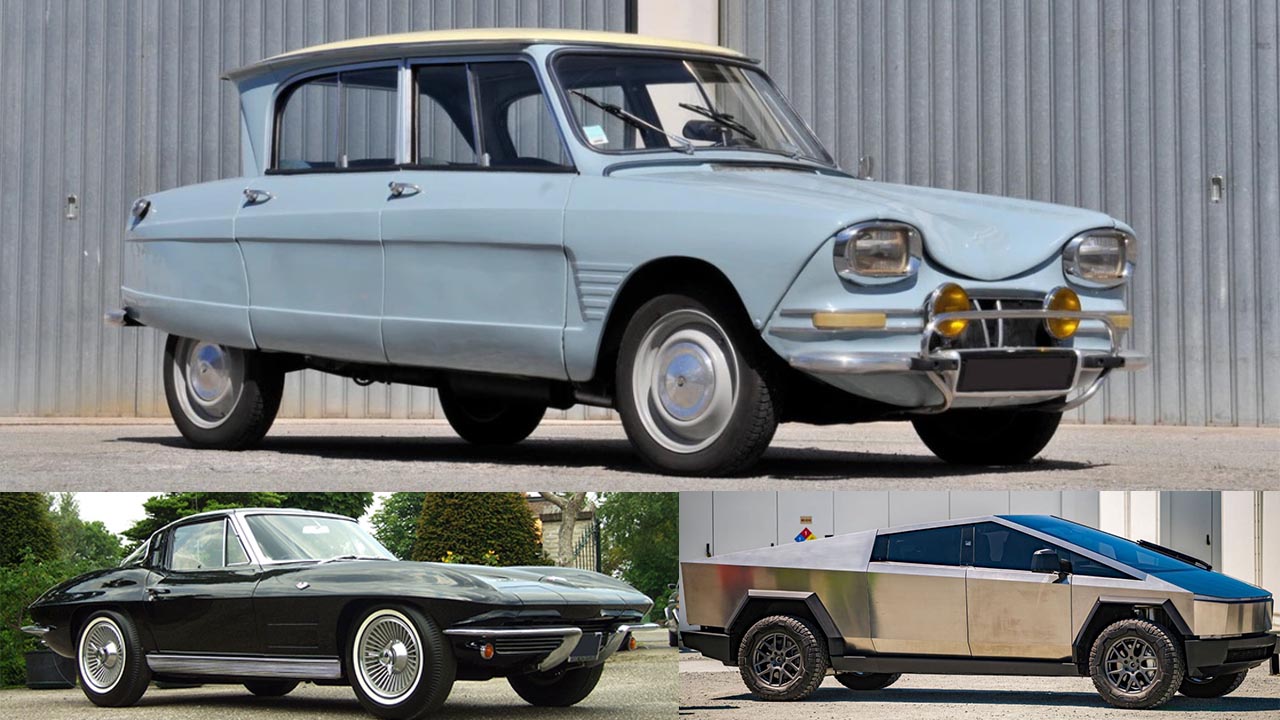With most cars being crafted to align with prevailing automotive industry trends and evolving consumer tastes, vehicle designs often lose their charm quickly, becoming outdated and less appealing by the time newer, more modern models emerge.
However, every so often, a car comes along that breaks away from conventional market expectations and establishes its own design benchmarks.
These cars are typically innovative and distinctive, standing out for their originality. As a result, they achieve a rare status of timelessness.
Most Timeless Car Designs
In this feature, we take a closer look at a selection of iconic cars whose designs have remained just as captivating and contemporary as when they first debuted. Here are 5 car designs that have successfully stood the test of time.
5. 1958 Aston Martin DB4
The DB4 hardly needs an introduction. While its successor, the DB5, became a pop culture icon thanks to Sean Connery driving it in the legendary James Bond films, the DB4 is the model that laid the foundation.
To many enthusiasts, it’s actually the DB4 that holds the title of the more visually stunning car. Debuting in 1958 six years before the DB5 the DB4 came equipped with a 3.7L DOHC straight-six engine, delivering an impressive 240 horsepower.
In fact, just like the DB5 after it, the DB4 was the fastest production car in the world when it was released, capable of reaching a top speed of 141 mph.
Still, it’s not the car’s speed that has cemented its place in automotive history it’s the design. This is truly one of the most breathtaking sports coupes to emerge from the mid-20th century.
In October 1958, Aston Martin introduced the DB4, a model that not only served as a luxurious and high-performance grand tourer but also earned recognition as a movie icon.
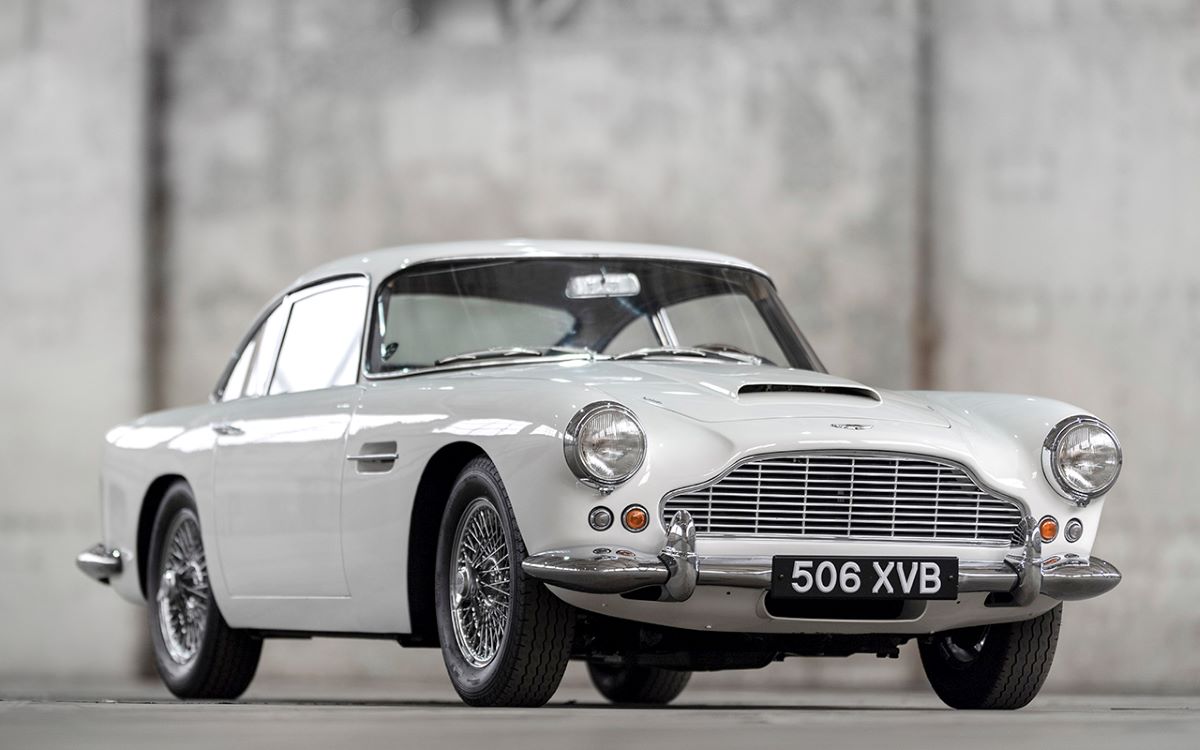
The British automaker, based in Newport Pagnell, needed a successor for the aging DB Mark III—the third iteration of a GT that had first debuted in 1950.
Rather than opting for incremental updates, Aston Martin’s engineers took a more ambitious route, designing the DB4 from the ground up. This included developing an entirely new chassis with a shorter wheelbase.
For the bodywork, they partnered with Carrozzeria Touring, embracing the Italian coachbuilder’s signature Superleggera technique.
With a wider front grille and pronounced front fenders, the DB4 demonstrated that luxury and speed could coexist.
A functional hood scoop directed air into the carburetor, while the side profile showcased a low beltline, a tall greenhouse, and slim A-pillars—elements that contributed to its graceful design.
The elongated roofline that tapered toward the rear enabled a more spacious interior. At the back, narrow rear quarter panels were adorned with slim, vertical taillights.
Inside, the DB4 featured a richly appointed cabin, including leather-trimmed seats and door panels. The driver faced a dashboard equipped with four large gauges, while a traditional clock, positioned near the front passenger, served as a practical addition for extended, transcontinental journeys.
4. 1963 Chevrolet Corvette Stingray
Among the many Corvettes released by Chevy over the decades, the C2 generation stands out as the most iconic and enduring.
The 1963 Stingray was the first Corvette to introduce several of the model’s most recognizable and beloved design elements, including the now-famous retractable headlights and an entirely revamped hard-top silhouette.
Under its sleek exterior, Chevrolet housed a robust 5.4L V8 engine that produced a staggering 360 horsepower, giving the car an exhilarating and highly competitive performance for its era.
Today, this specific model continues to be regarded as the most beautiful Corvette by countless car enthusiasts and it’s easy to see why.
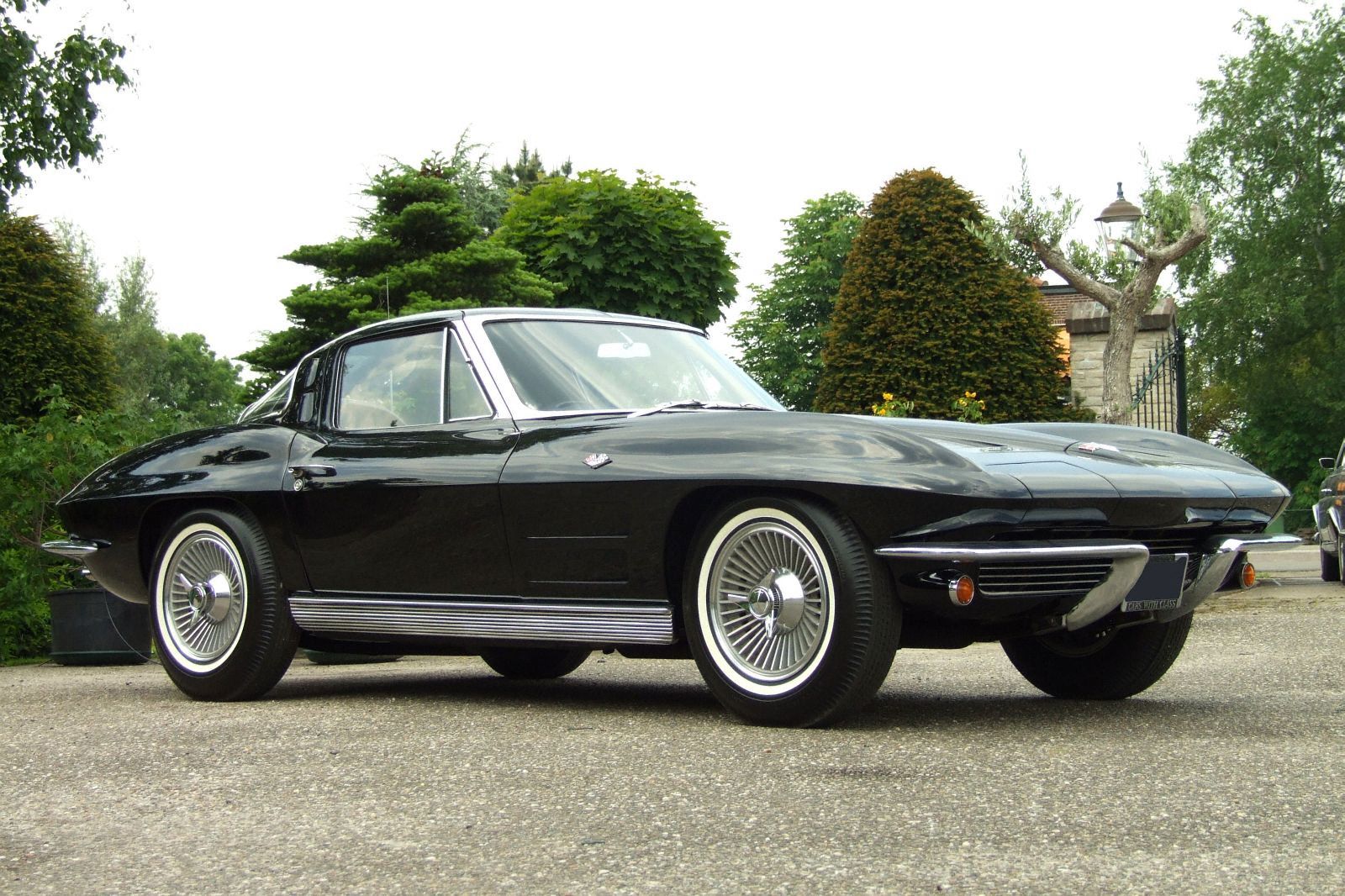
Chevrolet had ambitious plans for its new Corvette well before the C2 ever hit the market. The model’s origins trace back to a 1959 design study known as the Stingray Racer, initiated by GM’s vice president of Styling, Bill Mitchell.
The concept was originally based on a sketch by designer Pete Brock and later refined by Larry Shinoda. By 1963, the finalized Corvette Sting Ray Coupe and Convertible—both designed by Shinoda—were ready to debut.
Over the five-year production span of the C2 series, numerous variants emerged, mainly distinguished by engine displacement and tuning. A 327 cubic-inch V-8 engine was available throughout the entire run.
The 1965 model year introduced four-wheel disc brakes for the first time and marked the final year for mechanical fuel injection with the 327 ci engine. That same year, a 396 ci big-block engine was introduced, which was then enlarged to 427 ci for the 1966 and 1967 models.
A 327 ci V-8 engine inside a 1963 Chevrolet Corvette Sting Ray “Split-Window” Coupe sports car.
The 327 ci V-8 engine shown here makes 300 hp and is paired with a Powerglide automatic transmission.
These big-block variants were beasts on the road, delivering impressive horsepower and straight-line speed, but they lacked the overall balance and driving enjoyment of the small-block Corvettes.
As the saying goes in business, “The first offer is the best offer,” and that sentiment rings especially true with the 1963 Corvette Sting Ray Coupe.
It was the only year to feature the now-iconic split rear window, a design Mitchell championed. However, customers criticized the poor rear visibility, leading to its removal in later C2 models.
The 1963 model year also marked the debut of the Corvette coupe—previous Corvettes were only offered as two-seat convertibles. It was the first Corvette to include independent rear suspension and, crucially for racing enthusiasts, the first to offer the Z06 package.
Developed by Corvette engineer Zora Arkus-Duntov, known to diehard fans as the “Father of the Corvette,” the Z06 was built for the track. Today, a 1963 Z06 commands a value between $350,000 and $850,000.
Also Read: 12 Worst GM Cars Ever Built and 10 of the Best
3. 1954 Mercedes-Benz 300SL
Crafted by Friedrich Geiger, the legendary 1955 Mercedes SL300 “Gullwing” served as an early showcase of Mercedes-Benz’s engineering prowess and hinted at the incredible achievements the brand would go on to realize.
It boasted a futuristic 2-door coupe design, highlighted by its signature butterfly doors and elongated front hood. At the time of its release, the Gullwing was the fastest production car in the world, capable of reaching speeds beyond 135 mph.
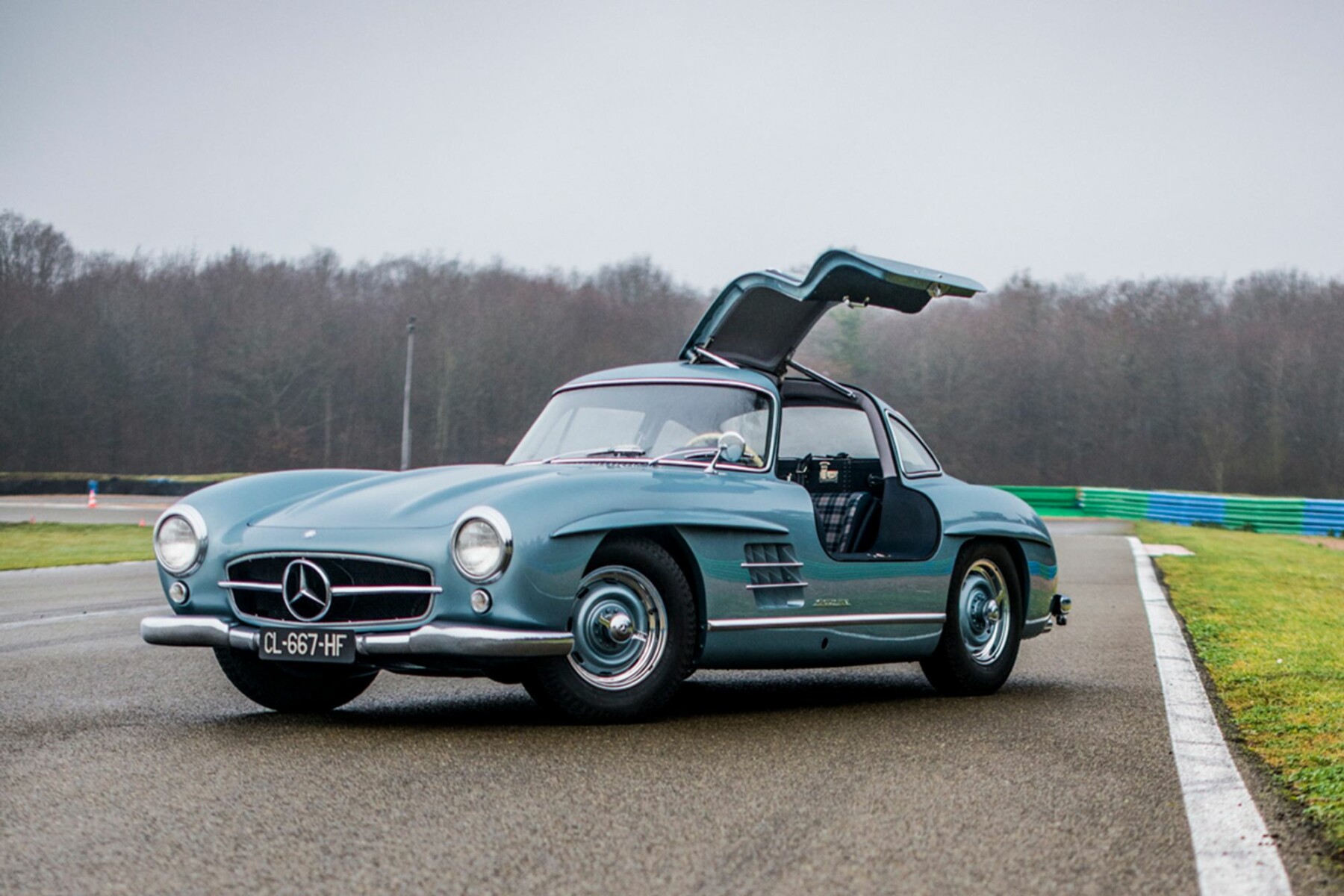
Yet, this outstanding performance rarely takes center stage when reflecting on the 300SL. What truly stands out is its sleek, forward-thinking aesthetic that looked more modern than many competitors for decades to come.
Even today, its influence is evident in the design language of some of Mercedes-Benz’s most luxurious and prestigious sports models, such as the Mercedes AMG GTS and the SLS.
2. 1954 Maserati A6GCS/53 Berlinetta
Distinctive and full of character, the A6GCS Berlinetta marks 65 years since it first made its debut at the 1954 Turin Auto Show.
A rare and special project from Maserati, the Berlinetta was styled by the renowned Pininfarina design house and paired with a 2.0L straight six-cylinder engine capable of producing an exciting 170 horsepower.
Though its production was limited to only four units rendering it unfamiliar to many it would be a disservice to omit such a rare and stunning vehicle from this list.
Every element of the Berlinetta’s design radiates elegance and craftsmanship. This is precisely why it continues to appear just as striking and breathtaking today as it did over six decades ago.
Styled by Pininfarina, the A6GCS Berlinetta stands out as one of Maserati’s most visually captivating creations, its elegant curves and tightly drawn proportions only enhancing its motorsport heritage.
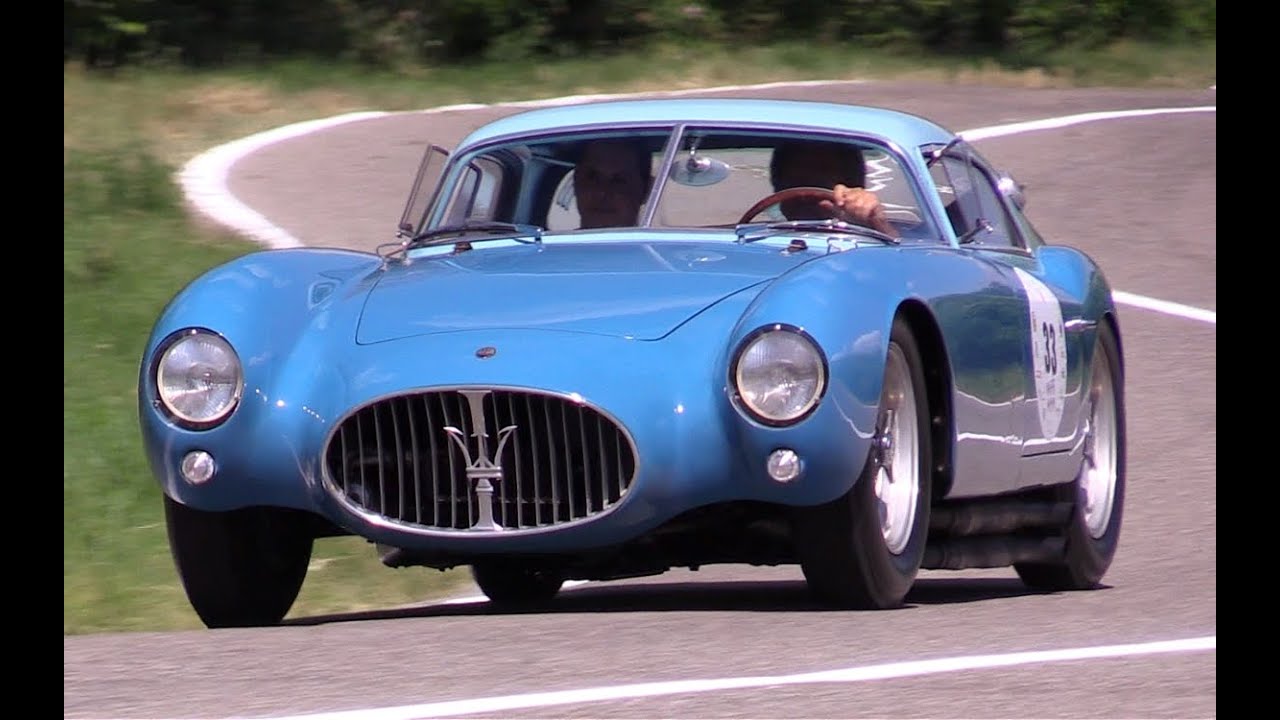
Beneath the graceful exterior lies a purpose-built racing chassis developed by Gilco, specifically engineered for legendary competitions like the Mille Miglia.
The A6GCS chassis was derived from the earlier A6 sports car and featured a short-stroke, double-ignition inline-six engine. This powerplant was among the last designed by the Maserati brothers before they parted ways with the company.
Initially developed for Formula 2, the engine was capable of revving freely to 7,300 rpm and producing an impressive 170 bhp.
Due to a restrictive contract with Ferrari, Pininfarina was unable to sell the Berlinetta directly on Maserati’s behalf. To navigate around this limitation, Roman dealer Giuglielmo Dei purchased six bare A6GCS chassis and commissioned Pininfarina to complete four Berlinetta bodies—a move that reportedly did not sit well with Enzo Ferrari.
One of these Berlinettas was showcased at the 1952 Turin Motor Show, while another sister car appeared at the Paris Motor Show. At Rome’s ‘Concorso Internazionale d’Eleganza,’ chassis #2057, a breathtaking two-tone coupe with a notably low roofline, captured the top honor.
Although the A6GCS Berlinetta did not leave a significant mark in motorsports competition, its arresting design left a lasting impression. In 1996, chassis 2059 fetched $3.7 million USD at auction, underlining the car’s desirability among collectors.
Of the original four Berlinetta-bodied cars, chassis 2056 and 2059 remain largely in their original form, while 2057 and 2060 were later converted into spyders.
The original coupe bodies from those two were subsequently mounted onto two other chassis, resulting in a total of six Pininfarina Berlinettas existing at different points in time—though never all at once.
1. 1984 Ferrari Testarossa
This is one of those iconic cars from the ’90s that we truly wish was still in production today. With its sharp lines, sleek silhouette, and minimalist design, the Testarossa instantly became a symbol of cool when it made its debut at the 1984 Paris Motor Show.
Although its engine received a few updates throughout the 1990s, the overall exterior design remained virtually untouched.
Even putting aside its reputation as an exclusive status symbol, the most striking aspect of the Testarossa’s design is its unique blend of simplicity and aggression. It’s so clean and bold that, even today, it could effortlessly pass for a brand-new luxury sports car.
Any car-obsessed kid growing up in the 1980s will remember the Ferrari Testarossa as the ultimate poster car. Alongside icons like the Lamborghini Countach 5000 QV and the Porsche 959, it was responsible for more Blu Tack stains on bedroom walls than even Farrah Fawcett… probably.
Blisteringly fast, brawny, and ridiculously wide, the Testarossa embodied the essence of the Italian stallion—back when that phrase was [regrettably] still in fashion.
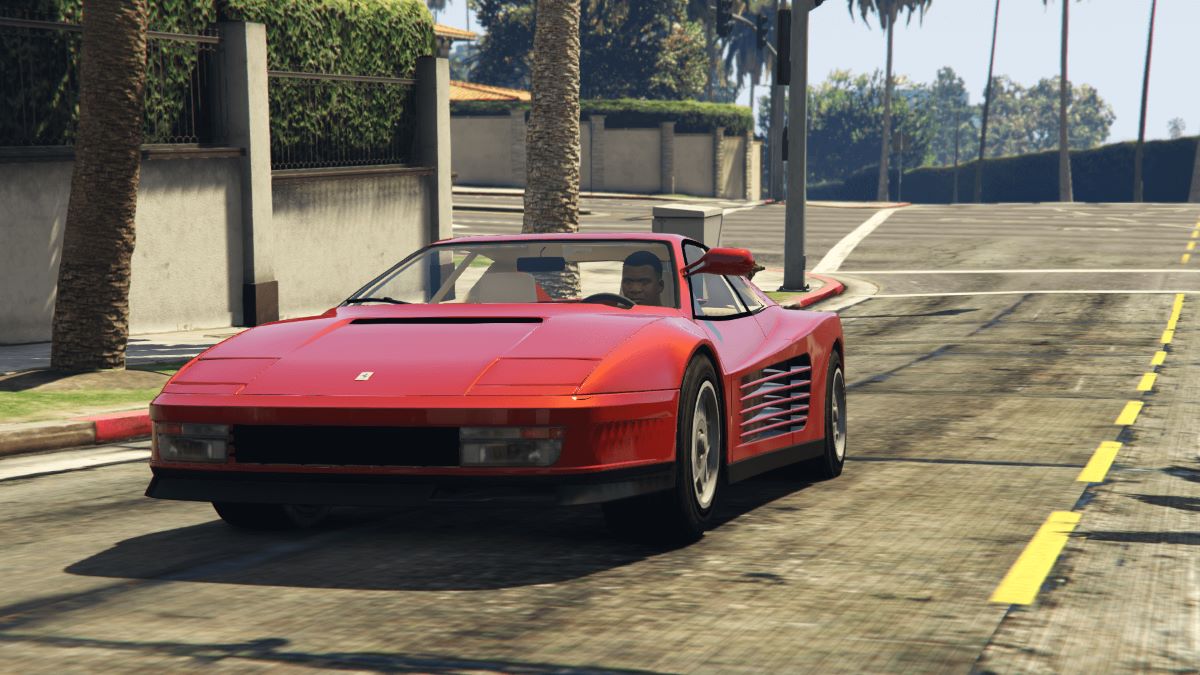
It’s now been four decades since the Ferrari made its debut, and that milestone deserves recognition. But to truly appreciate how the Testarossa came to life, we need to go back and understand what paved the way.
As Brigitte Bardot’s time as a global sex symbol of the 1950s and ’60s began to fade, a shift was underway in automotive design. Three Italian designers—Giugiaro, Gandini, and Fioravanti—each born within months of one another and all in their late twenties, were redefining the look of cars.
In just a few short years, Lamborghini ditched the curvaceous Miura for the sharply angled Countach. Ferrari, its long-standing rival, was also hungry for transformation.
One thing, however, remained consistent: as long as Enzo Ferrari was in charge, the brand’s road car strategy was almost always influenced by what happened on the racetrack with Scuderia Ferrari.
So, when Ferrari decided to replace its front-engined 365 GTB/4 ‘Daytona’ with the mid-engined 365 GT4 BB, it was reacting—albeit not immediately—to the fact that its front-engined race cars were falling behind their mid-engined competitors.
Unveiled at the 1971 Turin Motor Show, the BB—short for Berlinetta Boxer, according to Maranello—marked a milestone as Ferrari’s first road car to position its engine behind the driver.
The earlier 206 GT and 246 GT and GTS models had been badged as Dinos. While the engine was described as a ‘boxer’ due to its flat layout, it was technically a 180º V12. Carrying the internal designation F102A, the engine displaced 4390cc.
When it entered production in 1973, right as the oil crisis hit, the BB didn’t exactly fly out of showrooms. By 1976, though, demand picked up, and Ferrari took the chance to launch a significantly upgraded and more catchily named version: the 512 BB.
The exterior tweaks were clear signs of refinement: new exhaust-cooling NACA ducts ahead of the rear wheels, a redesigned engine cover with aggressive louvres, and a chin spoiler at the front.
Ferrari also responded to complaints about the 365 GT4 BB’s sharp powerband by introducing a revised version of the flat-12 engine, the F102B.
This upgraded engine had its displacement bumped by more than half a litre to 4943cc, which allowed it to produce comparable power at lower RPMs and deliver better torque, improving everyday drivability. Development continued, and by 1981, Ferrari introduced fuel injection with the 512 BBi model.
Even with these improvements, two persistent problems remained unresolved: the car still failed to meet the increasingly strict safety and emissions requirements of the crucial US market, and its tendency to overheat hadn’t been adequately addressed.
By 1984, the BB was due for replacement. What arrived wasn’t just a follow-up—it was a sensation. Ferrari dropped the Berlinetta Boxer name and revived a legendary moniker from its past, one that paid tribute to the Italian Racing Red cam covers of its engine: Testarossa.
Worst-Looking Cars Ever Designed
Automobiles have always represented more than just a way to get from point A to point B appearance plays a huge role in how a car is perceived by the public, and by extension, how the owner is viewed.
Some vehicles roll off the assembly line as truly coveted pieces of mechanical artistry.Unfortunately, the opposite is also true: there are plenty of cars that hit the market with styling decisions that leave people scratching their heads.
In some cases, there’s really no other word for it certain cars are just plain ugly. And sadly, the world is not short on such examples.
For most modern, mass-produced vehicles, the journey from concept to dealership delivery takes roughly five to six years, though some manufacturers are now streamlining processes to reduce that timeline to as little as three years.
During this time, designs are drafted, reviewed, and ultimately approved for production. It’s a process that involves numerous teams of experts working together to develop each model.
Yet, despite all this oversight, there are still cars that make it to market with designs so questionable, one can’t help but wonder how they ever received a green light.
It’s astonishing that dozens of professionals can collectively approve a design that ends up being widely criticized and yet, it continues to happen.
Of course, it’s important to recognize that heavy-duty trucks and other purpose-built specialty vehicles are often designed with function over form, and niche or experimental cars might only involve a small group of decision-makers these kinds of vehicles get a pass when it comes to aesthetics.
However, when it comes to high-volume production models from well-established automotive brands that have every resource at their disposal, there’s simply no excuse. With that in mind, these are 10 of the worst-looking cars ever made.
5. Tatra 603
There are times when a car can be both unattractive and strangely charming. A lack of aesthetic appeal can sometimes be overlooked if the vehicle is quirky enough.
Rarity can also elevate a car’s presence, and in the United States, Communist-built vehicles are as rare as a unicorn.
Founded in 1851, Tatra is Europe’s oldest surviving car manufacturer. Originally a capitalist enterprise, the company came under Communist control following the end of World War II.
Interestingly, before the war concluded, Nazi officers had a particular fondness for the T87 though they consistently misjudged its handling capabilities, leading to hundreds of fatalities.
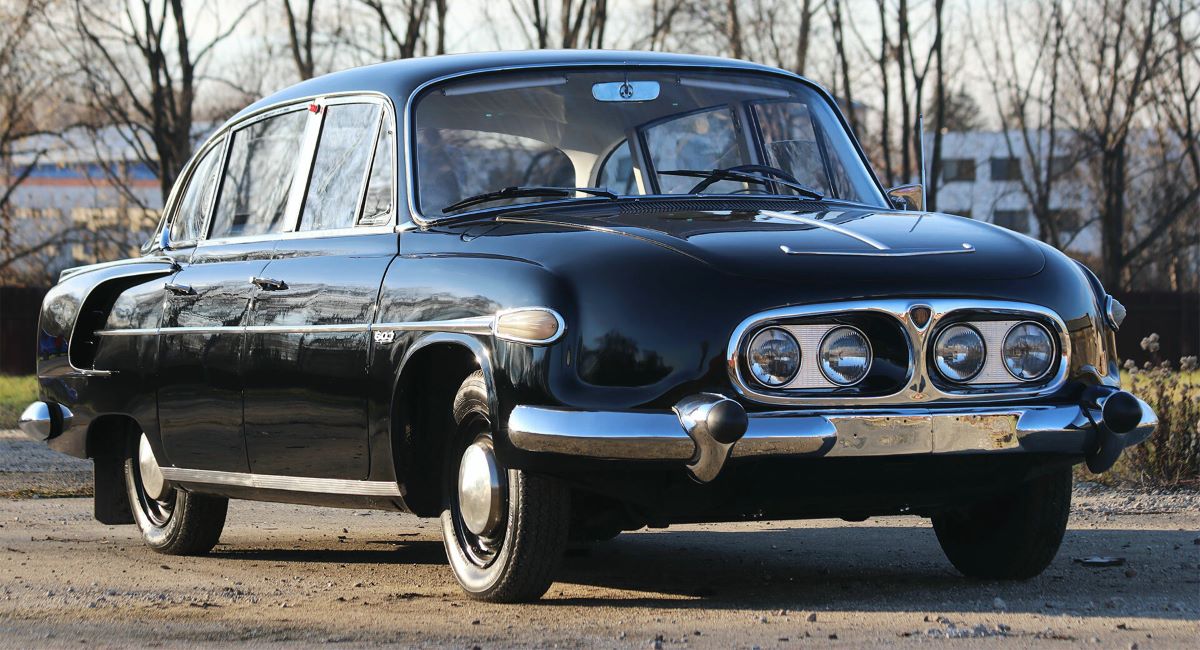
After its inadvertent role in thinning the Nazi ranks, Tatra went on to produce the 603, a large executive sedan. Given the poor quality of most Russian-built vehicles, Tatra was granted permission to manufacture it.
The Tatra 603 was a large sedan with an unusual design it housed its engine in the rear, a layout typically reserved for compact cars. Even more unconventional was its 2.5-liter overhead-valve Hemi-head V8, which was air-cooled an unusual engineering decision.
Each 603 was hand-crafted, offering luxurious amenities and large, plush bench seats that provided an impressively smooth ride.
Only around 20,000 units were ever made, as they were reserved for high-ranking party officials and those deemed “more equal than others” in the Orwellian hierarchy Fidel Castro even owned one.
While some enthusiasts are drawn to its wonderfully odd character, the car’s peculiar appearance is a big part of its charm. Though undeniably awkward-looking, that’s precisely what gives it its unique appeal.
Also Read: 12 Popular Cars Everyone Hates and 10 That Drivers Actually Love
4. Lincoln Versailles
The 1970s were a difficult period for the American auto industry. Government regulations, unstable energy markets, and rapidly shifting consumer preferences presented ongoing challenges.
On top of that, rising competition from foreign automakers pushed domestic companies to rethink their strategies. Many focused on luxury, building increasingly larger cars.
But when Cadillac introduced its more compact 1976 Seville to compete with imported European models, Lincoln found itself unprepared. In response, it hastily developed the Versailles and released it to the public in 1977.
Whereas the Seville was specifically designed to lure buyers away from European imports, Lincoln’s Versailles was more of a stopgap. To get a smaller luxury car to market quickly, Lincoln simply rebranded Ford’s midsize Granada.
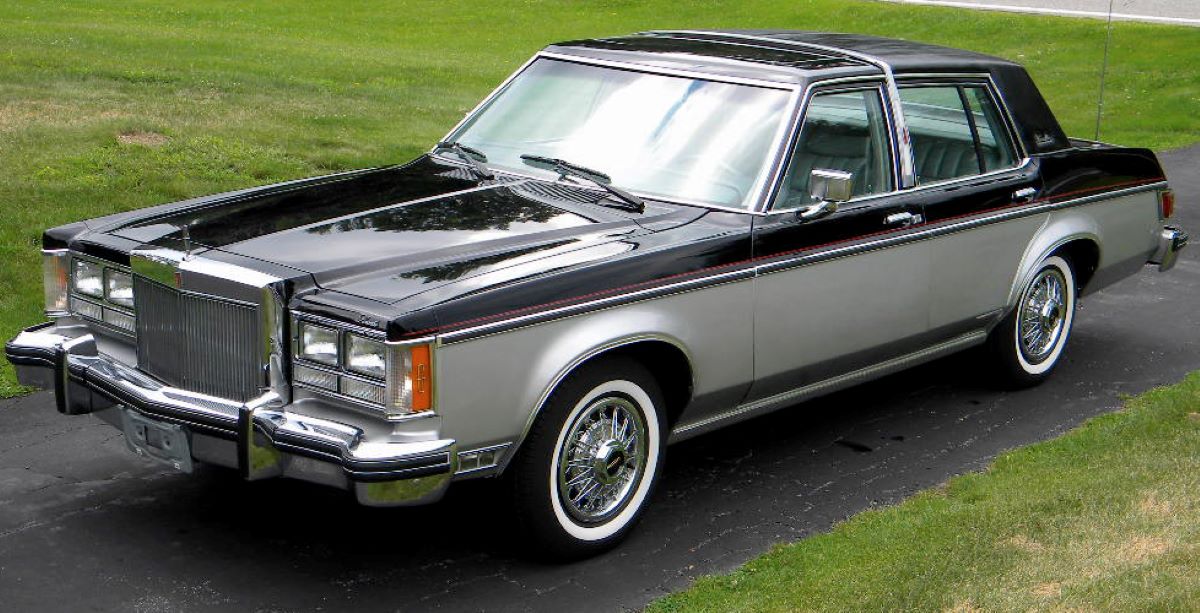
They dressed it up with leather upholstery, an optional sunroof, a redesigned grille, and presented it as a luxury offering.
To Lincoln’s credit, they did add significant sound insulation to quiet the ride, thickened door seals, and fitted it with upscale amenities like climate control and a dashboard clock.
Despite these efforts, the Versailles was unmistakably still a Ford Granada underneath, and the visual distinctions were minimal.
The original Granada was never praised for its looks, and the new Lincoln grille arguably made it less appealing. The faux spare tire bulge on the trunk was also a particularly jarring design choice.
The car never gained popularity, and today its awkward styling and obscurity are what make it memorable if not exactly desirable.
3. Nissan S-Cargo
It’s hard not to notice that car manufacturers used to take more design risks. While modern vehicles are often constrained by regulations and conservative market strategies, there was a time when creativity flourished even from companies not known for bold moves.
In the late 1980s, Nissan temporarily abandoned the script.In 1985, Nissan teased a new line of four unique cars from what it called the Pike Factory a mythical brand developed purely for marketing.
The real launch came in 1987 with the release of four retro-themed vehicles: the Be-1, Pao, Figaro, and S-Cargo. These models, introduced well before the retro car boom initiated by the 1997 Volkswagen New Beetle, were sold exclusively in Japan.
Each Pike car drew inspiration from classic designs to varying degrees. The most utilitarian of the group was the S-Cargo, a compact delivery van built on the Nissan March platform and powered by a 2.5-liter engine.
Its name and styling were a nod to “escargot,” the French word for snail, and its body echoed the design of the Citroën 2CV Fourgonnette a cargo version of the iconic French postwar car. From its bulging headlights to its curved nose and compact cargo area, the resemblance is unmistakable.
Despite its nostalgic influences, the S-Cargo was undeniably odd-looking. While some find its appearance charmingly quirky YouTuber Doug DeMuro even bought one and dubbed it the “ugliest car ever made” there’s no denying it’s a visual oddity.

That alone has cemented its place in the pantheon of bizarre automotive design.
The Nissan S-Cargo is one of the most delightfully strange vehicles ever to roll out of Japan. Produced between 1989 and 1991 by Nissan’s Pike Factory—a special division responsible for niche, retro-styled cars like the Figaro, Be-1, and Pao—the S-Cargo was designed to be a small commercial van with big personality.
Its name is a clever double meaning: “S-Cargo” stands for “Small Cargo,” but it’s also a pun on “escargot,” the French word for snail, which is a not-so-subtle nod to its unmistakably snail-like shape.
Inspired heavily by the Citroën 2CV Fourgonnette, the S-Cargo featured a rounded, cartoonish exterior, circular headlights, and smooth, bulbous bodywork that gave it instant visual charm. Optional details like snail-patterned hubcaps and a canvas sunroof only added to its eccentric appeal.
Under the shell, the S-Cargo was built on the platform of the Nissan Sunny van and came equipped with a modest 1.5-liter inline-4 engine (E15S) paired with a 3-speed automatic transmission, driving the front wheels.
Performance wasn’t the point—it was built for light-duty, urban delivery work, especially for small businesses that wanted something unique to represent their brand. The cabin was simple and functional, with high visibility and decent cargo space for its size.
Intended solely for the Japanese domestic market, fewer than 8,000 units were produced during its short run. Despite this limited production, the S-Cargo has gained cult status worldwide, thanks to its quirky design and rarity.
2. Citroën Ami 6
For most Americans, French cars remain a mystery. Citroën exited the U.S. market in 1974, followed by Renault in 1988 and Peugeot in 1991. Despite this, vintage French vehicles are often known for their eccentricity and distinct styling.
That said, some of these designs have resulted in true automotive brilliance. The hydro-pneumatic suspension system in the Citroën DS is a marvel of post-war engineering, and the Renault 5 Turbo proved to be a powerhouse in the rally world.
However, the 1961 Citroën Ami 6 doesn’t quite hit the same mark.Citroën wanted to create a model that would fit between the premium DS and the economical 2CV.
The result was the Ami 6, which borrowed much of its framework from the 2CV. Italian designer Flaminio Bertoni took the lead on the project and drafted an initial concept. But management decisions led to several design compromises.
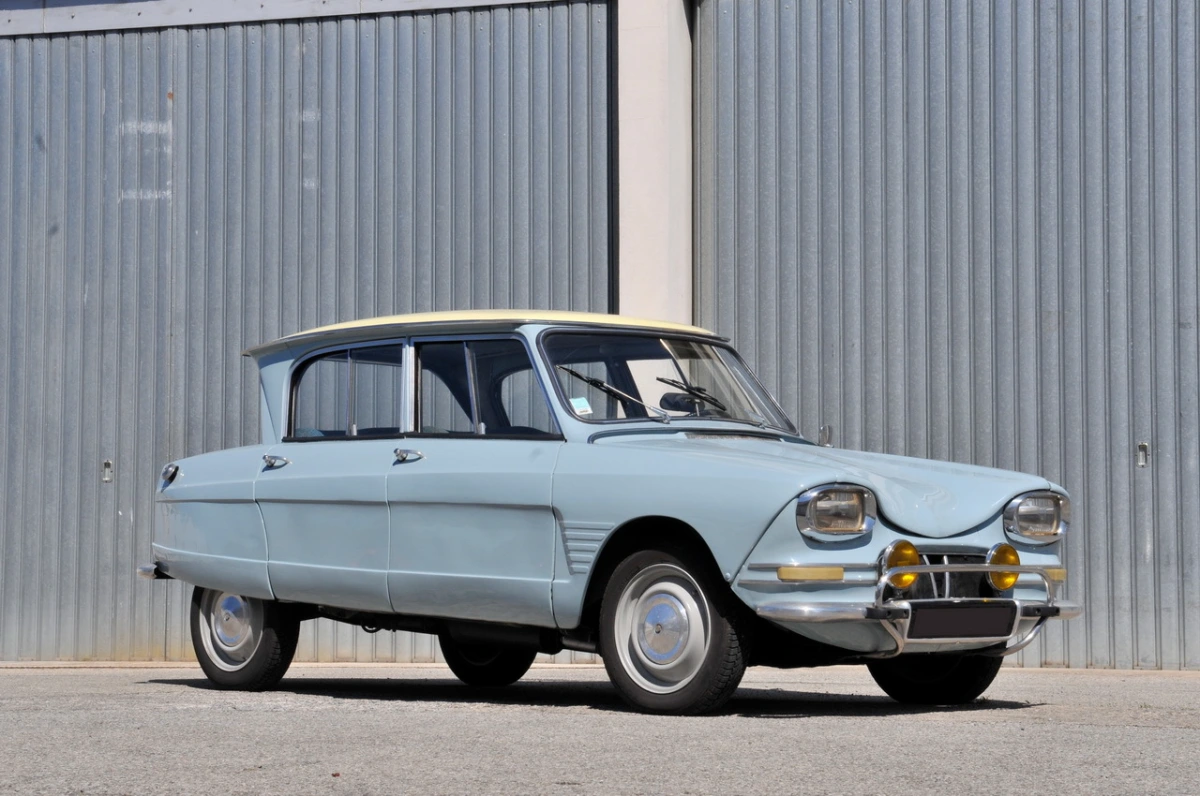
A last-minute engine revision forced an increase in hood height, and Citroën executives pushed for a different set of headlights to be installed higher up on the front fascia. As a result, the car lost its intended sloped hood and ended up with an awkwardly dipped front end.
Arguably the most polarizing feature is the rear window, which is angled inward in a strange attempt to create the illusion of a longer roof and larger interior.
Whether or not that illusion worked is debatable, but what’s clear is that the design choice gives the car a very odd appearance. On the inside, the Ami 6 is about as barebones as it gets early models didn’t even have rear windows that opened.
While today the car’s eccentric charm appeals to certain collectors looking for something unusual, there’s no denying that its looks are anything but graceful.
1. Tesla Cybertruck
At this point, introducing the Tesla Cybertruck seems unnecessary. Anyone who has spent even a brief amount of time online has likely seen it if not on the road.
The vehicle’s creator thrives on public attention, but there’s no need to add to that here. And yes, calling the Cybertruck ugly is bound to strike a nerve with some fans.
The Cybertruck tends to inspire a love-it-or-hate-it reaction. While there’s no denying that its design is bold, that audacity can go a bit too far for many people.
The overall look resembles something a child might sketch with a crayon sharp angles, flat planes, and no curves in sight. It’s certainly an exercise in breaking the mold, and while boundary-pushing design is often celebrated, the execution here falls short.
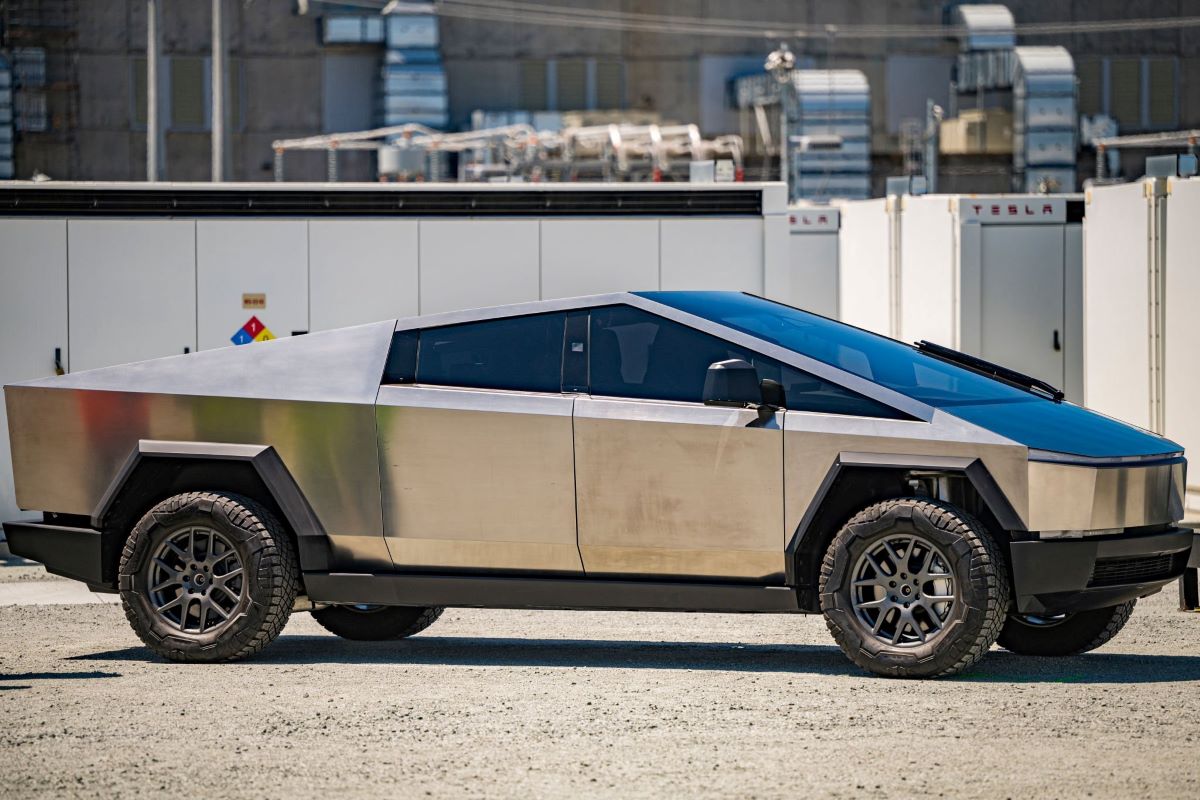
Compare it to vehicles like the Hyundai Ioniq 5 or the Lotus Emira, which also push the limits of conventional styling just with a bit more finesse and elegance. The Cybertruck, on the other hand, feels like it was designed entirely with a straightedge.
Despite its abundance of futuristic features, the Cybertruck has already been recalled six times within its first year.
Seeing it up close really drives home just how massive it is, giving it an almost cartoonish presence that feels even less practical than it does in photos or videos.
Priced close to $100,000, there are numerous alternatives that offer more style, performance, and refinement. Still, if grabbing everyone’s attention is your top priority, this might be the vehicle for you. In the end, it is what it is and what it is just happens to be ugly.

